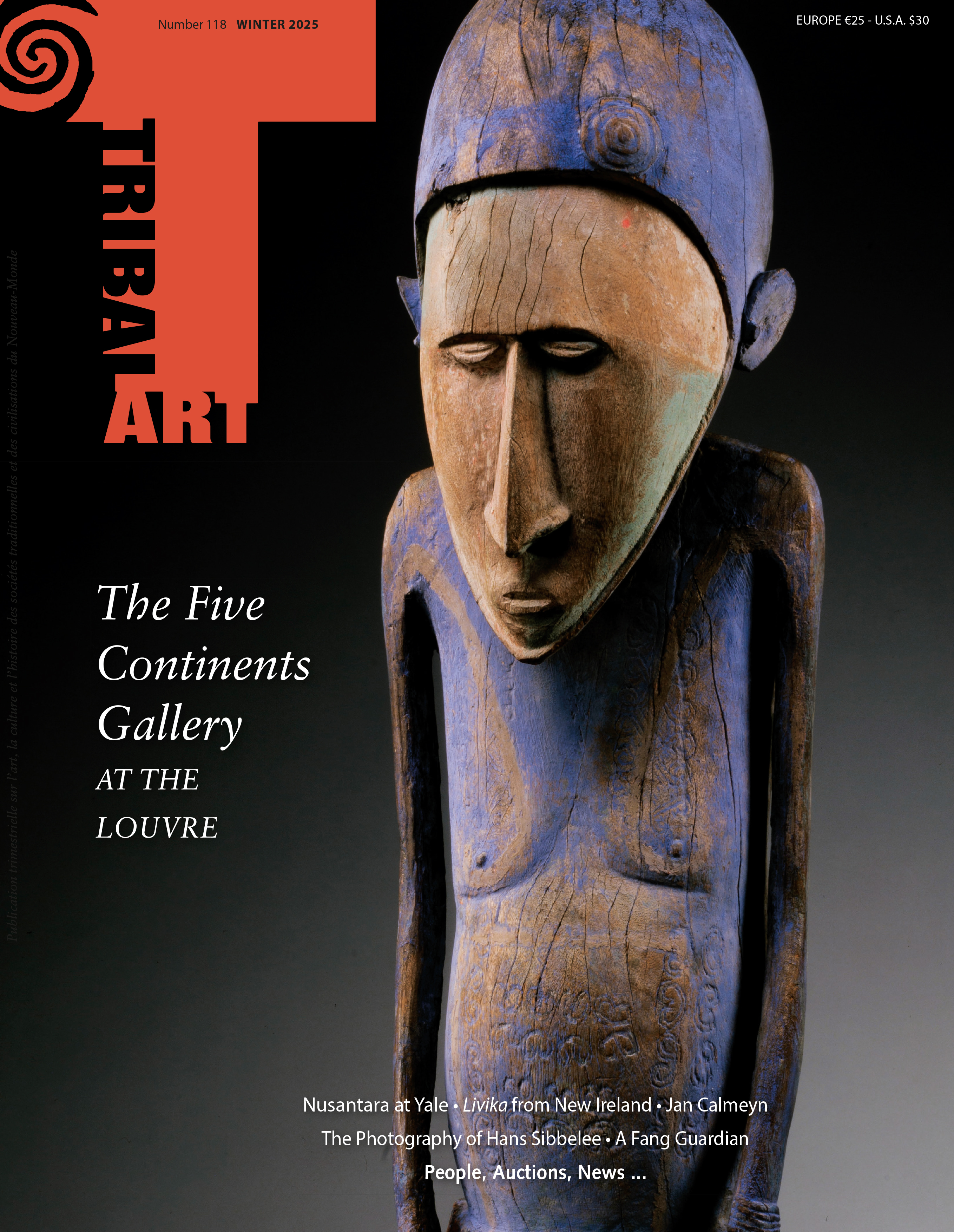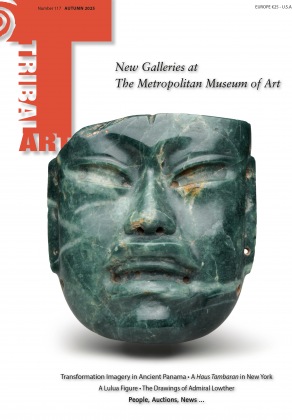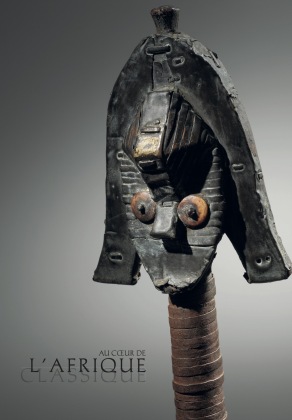Magazines
-
Tribal 118 - Winter 2025
25,00 € -
Tribal 117 - Autumn 2025
25,00 € -
Au cœur de l'Afrique classique
75,00 €
Our latest news
-
CALENDAR of Shows and Auctions
Read moreKeep up to date with the Tribal Art market thanks to our Auctions and Shows Calendar.
-
-
Reopening of the Rockefeller Wing at the Met Museum
Read moreThe Met’s Arts of Oceania galleries return on May 31, 2025, in a reimagined Michael C. Rockefeller Wing.
-
World Arts at the BRAFA ART FAIR
Read moreThe Brussels Art Fair (BRAFA) is a leading annual event in the world of antiquities, and it will be held from January 26 to February 2, 2025, at the Brussels Expo complex.
-
Unbound: Narrative Art of the Plains
Read moreOn view at the National Museum of the American Indian, Smithsonian Institution, Washington D.C.
-
23rd edition of Parcours des mondes in Paris
Read moreRendez-vous in Paris from September 10th to 15th
-
Tribal Art magazine
Tribal Art magazine is a quarterly publication devoted to the arts and cultures of the traditional societies of Africa, Oceania, Asia, and the Americas. It is produced in two separate editions, one in English and the other in French.
What you will find on our website:
-
Latest news: all the new exhibitions, sales, openings and publications worldwide
-
Back issues: all our back issues are listed with complete information on their content
-
Subscriptions: easily subscribe or renew your subscription online thanks to our secure payment system
Any questions? We are here to help you.
Do you have any questions? Don’t hesitate to contact us. We can help you make an order or give you the information you need














